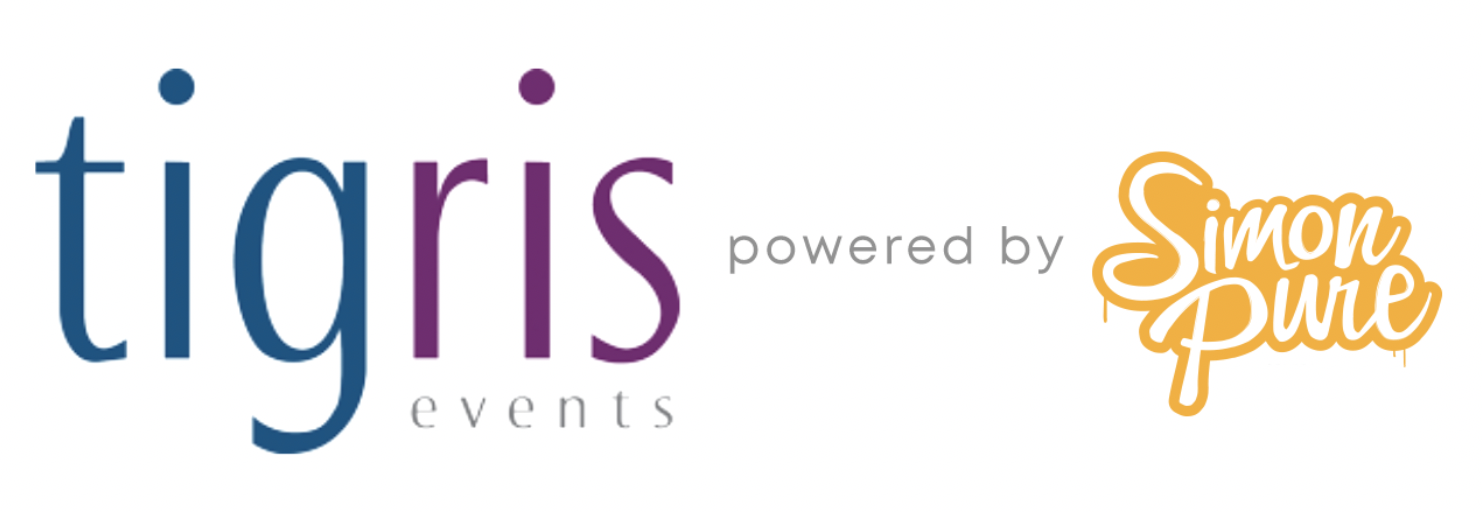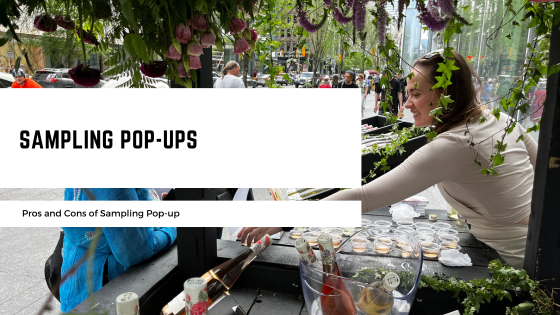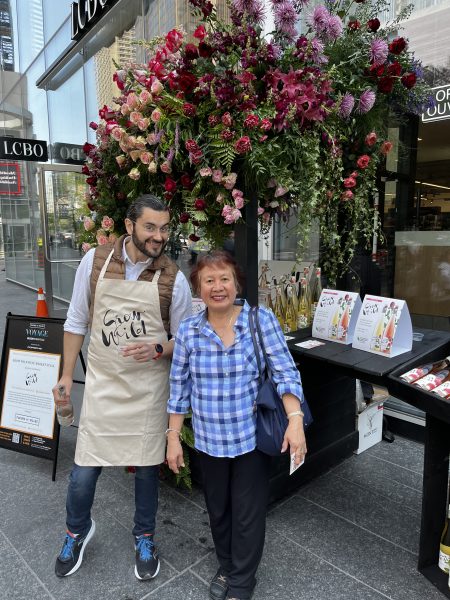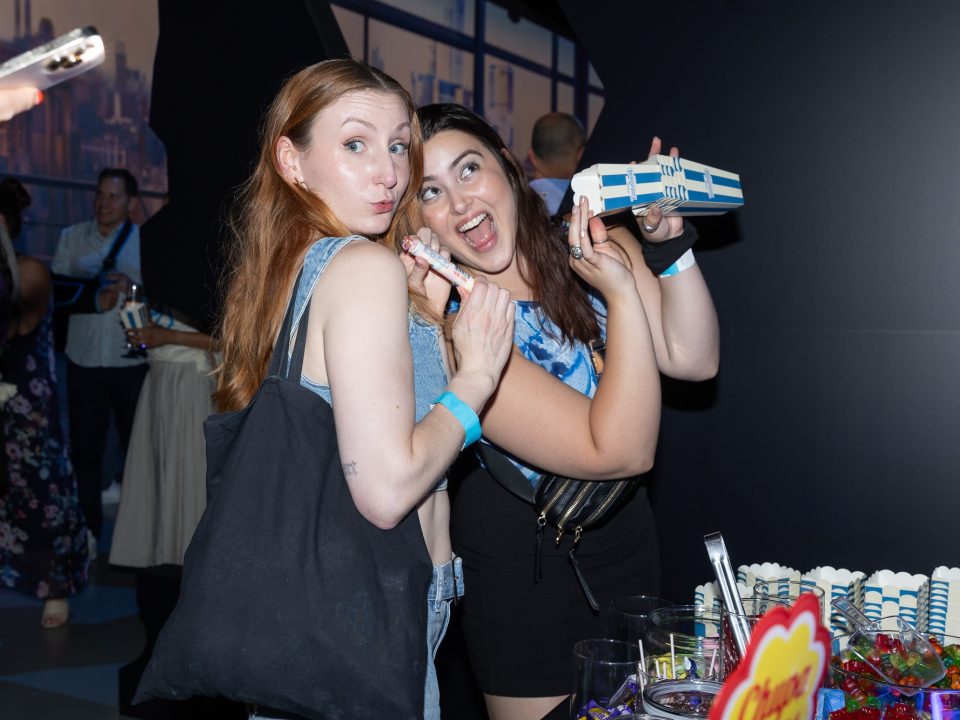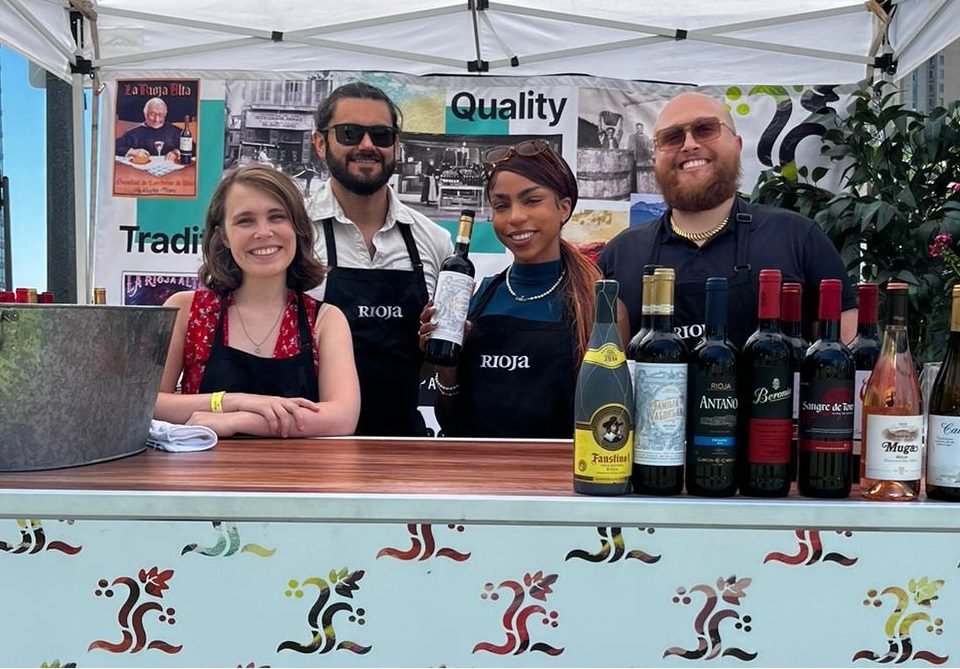Pros and Cons of Sampling Pop-up

Hybrid Event Best Practices
June 22, 2023
Reasons Why Your Brand Needs a VR Event
September 5, 2023Sampling pop-ups have emerged as a popular marketing strategy for brands looking to engage with their target audience and showcase their products or services. These temporary retail spaces offer a unique opportunity for companies to interact directly with potential customers, gather valuable feedback, and generate buzz. However, as with any marketing approach, there are pros and cons to consider. Today, we will explore the pros and cons of sampling pop-up, shedding light on the potential benefits and challenges that brands may encounter.
Pros
Incentive
One of the significant advantages of sampling pop-ups is their ability to incentivize potential customers and remove the risk and anxiety of the unknown. By offering free samples or trial experiences, brands can entice individuals to try their products or services without having to commit to a purchase. This strategy not only increases the likelihood of attracting a larger audience but also provides an opportunity to showcase the value and quality of what the brand has to offer. By allowing consumers to experience the product firsthand, brands can build trust and remove customers’ reservations or doubts, ultimately leading to higher conversion rates.
Cost-Effective
Another advantage of sampling pop-ups is their cost-effectiveness compared to other marketing initiatives. While traditional advertising campaigns often require significant investment with uncertain returns, sampling pop-ups offer a more targeted and measurable approach. The cost per trial or conversion can be significantly lower than other marketing forms, making it an attractive option for brands with limited resources. Furthermore, the high trial rates achieved through sampling pop-ups can lead to increased brand recognition and word-of-mouth promotion, further amplifying the impact of the marketing campaign.
Increased Visibility
Sampling pop-ups have the power to capture attention and create a buzz both offline and online. The temporary nature of these retail spaces and the unique experiences they offer make them highly shareable on social media platforms. Customers who have a positive experience at a sampling pop-up will likely share their excitement and recommendations with their friends and followers, increasing the brand’s visibility and reach. This word-of-mouth promotion can significantly enhance the brand’s reputation and attract a wider audience, extending the impact of the sampling pop-up beyond its physical location.
Conversion
Sampling pop-ups excel at driving conversions due to their ability to provide direct trials of products or services. By allowing customers to experience a product firsthand, brands can address any doubts or concerns customers may have, reducing their anxiety about making a purchase. The educational aspect of sampling pop-ups further enhances the customer’s understanding and appreciation of the product, increasing the likelihood of a positive buying decision. With the convenience and accessibility of trying products on the spot, customers are more inclined to make a purchase, leading to higher conversion rates for the brand.
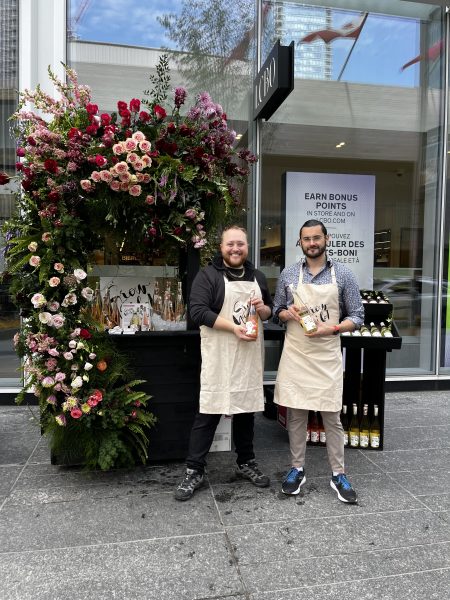
Cons
Location & Spatial Limitations
While sampling pop-ups offer numerous advantages, they also come with their fair share of challenges. One of the main drawbacks is the limitation imposed by location and space. Setting up a sampling pop-up may require permits or approval from authorities, depending on the chosen location. Additionally, brands may be limited in terms of available space, which can impact the overall foot traffic and demographic reach. Choosing the right location that aligns with the target audience and maximizes visibility is crucial for the success of a sampling pop-up, and this can be a challenging task.
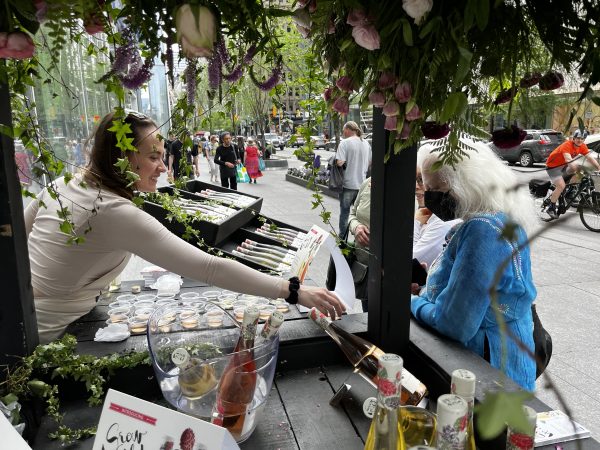
Final Thoughts
Sampling pop-ups offer brands an effective and engaging way to attract and convert potential customers. With their ability to incentivize and remove risk, sampling pop-ups can drive higher trial rates and conversions compared to other marketing strategies. They are also cost-effective, allowing brands to achieve measurable results with limited resources. The increased visibility and social media buzz generated by sampling pop-ups further enhance brand recognition and reach. However, it’s essential to consider the limitations of location and space and the potential challenges associated with securing permits and reaching the desired target audience. By carefully weighing the pros and cons, brands can make informed decisions and leverage the power of sampling pop-ups to successfully promote their products or services.
So, what do you think? Will a sampling pop-up be your next activation? Connect with us today and let us know!
